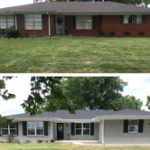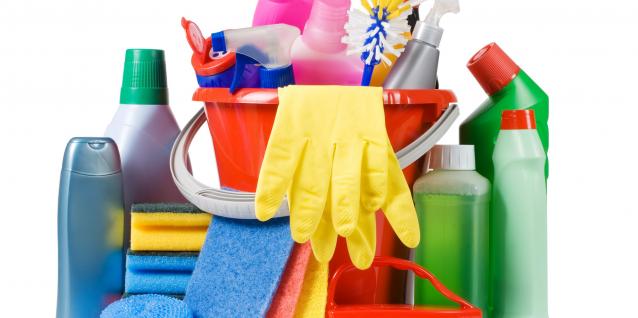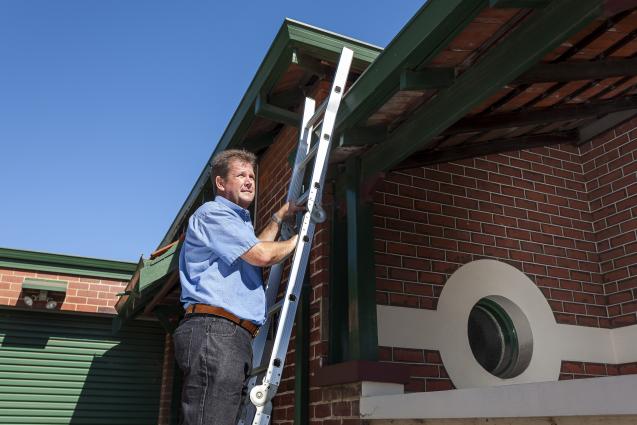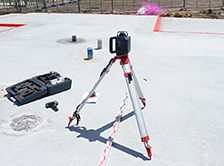
Brick vs Cladding
Brick Pros
Brick is a very robust material that is also resistant to fire and extreme weather conditions. Whether you plan on settling in a home for life or perhaps consider selling at some point in the future, a brick exterior can significantly increase the curb appeal of your property. When it comes to cleaning, brick homes are incredibly easy to maintain using nothing more than a hose and water.
Bricks are one of the most abundant building materials out there and make a great choice for environmentally conscious homeowners particularly if you are planning renovations. Bricks can be reused from previous structures for other projects, which can save money on additional building materials.
Brick Cons
There are, of course, potential downsides to opting for bricks rather than cladding. Bricks on their own may not provide sufficient insulation for your home so it is worth considering the potential impact this may have on your energy bills.
Unfortunately, bricks come in limited colour options however, in most cases it is possible to paint them but this is often a painstaking process. It is important to note that the mortar used to hold bricks together will suffer more wear and tear than the brick itself, which will eventually lead to the need for repointing to maintain structural integrity.
Cladding Pros
Cladding is a layer of material which is adhered to a structure to provide protection or improve the appearance of the structure. There are various types of cladding materials such as wood, metal or brick which provides homeowners with much more choice. Due to advances in technology, new variations in cladding material are being frequently introduced in the construction industry.
Cladding is usually a cheaper option than brick with a much simpler construction process. You can use different types of cladding material in various colours to give your home a unique look and increase your curb appeal. Most materials are fairly low maintenance as you can treat or paint the cladding to help improve weather resistance.
Cladding Cons
Cladding can also potentially become costly depending on the type of material used. Repairing damaged cladding is often not a viable option and you may be left with no choice other than to replace the affected fascia.
There are numerous possible cons associated with cladding depending on the type of material used such as cladding with wood may not provide sufficient fire resistance in bushfire prone areas in New South Wales. It is therefore important to check that the properties of your chosen cladding are suitable for the location of your home.



